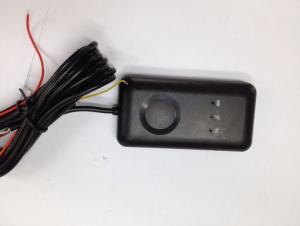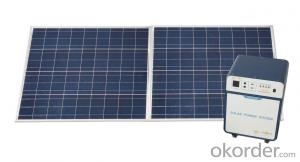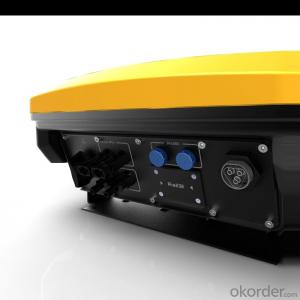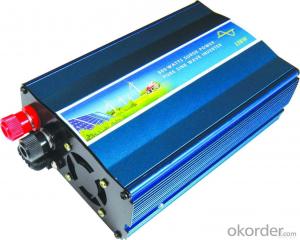Turn Off Solar Inverter
Turn Off Solar Inverter Related Searches
Inverter For Off Grid Solar Best Off-Grid Solar Inverter Best Off Grid Solar Inverter Best Solar Pv Inverter Off Grid Solar System Inverter Solar Panel Off Grid Inverter Riso Low Solar Inverter Solar Power Inverter Off Grid 6kw On Grid Solar Inverter Cheap Off Grid Solar InverterHot Searches
Costco Water Cooler Costco Water Dispenser Solar With Inverter Price Solar Inverter With 2 Battery Solar Inverter With Ac Outlet Mini Inverter With Battery Online Shopping Solar Inverter Low Price Solar Inverter Off Grid Price Off Grid Solar Inverter Price 5kva Solar Inverter Price Solar Inverter On/Off Grid Solar Inverter Off Grid 1000w Solar Inverter Pv1800 Solar Inverter Off Grid Price Off Grid Solar Inverter Price Solar Pv Inverter Price 6kw Solar Inverter Price 4kw Solar Inverter Price Solar Inverter Off Grid 1000w Solar Pv Inverter TypesTurn Off Solar Inverter Supplier & Manufacturer from China
Okorder.com is a professional Turn Off Solar Inverter supplier & manufacturer, offers integrated one-stop services including real-time quoting and online cargo tracking. We are funded by CNBM Group, a Fortune 500 enterprise and the largest Turn Off Solar Inverter firm in China.Hot Products
FAQ
- Yes, a solar inverter can be used with solar-powered data centers. A solar inverter is the device that converts the direct current (DC) generated by solar panels into alternating current (AC) electricity that can be used to power electrical devices. By connecting a solar inverter to a solar-powered data center, the generated solar energy can be efficiently utilized to power the data center's electrical infrastructure and equipment. This helps reduce the reliance on traditional energy sources and promotes sustainability in data center operations.
- Yes, there are limitations on the angle of the solar panels when using a solar inverter. The optimal angle for solar panels is typically determined based on the geographical location and the season. Deviating too much from the recommended angle can result in decreased energy production.
- The role of a maximum power control feature in a solar inverter is to optimize the energy output of the solar panels by constantly tracking the maximum power point (MPP) of the solar array. This feature adjusts the operating conditions of the inverter to ensure that it operates at the highest possible efficiency, maximizing the energy harvested from the solar panels and improving overall system performance.
- The role of a solar inverter in a microgrid system is to convert the direct current (DC) electricity generated by solar panels into alternating current (AC) electricity that can be used to power the various loads within the microgrid. It also manages the flow of electricity between the microgrid and the utility grid, allowing for bidirectional power flow and enabling the system to operate in both grid-connected and islanded modes. Additionally, the solar inverter ensures the stability and quality of the electricity supply, regulating voltage and frequency levels to match the requirements of the microgrid.
- Yes, a solar inverter can be used in areas with unstable grid connections. Solar inverters are designed to convert the DC power generated by solar panels into usable AC power for consumption or to be fed back into the grid. In areas with unstable grid connections, solar inverters can still function and provide power by utilizing battery storage systems or operating in off-grid mode. This allows for uninterrupted power supply and provides stability in areas with unreliable grid connections.
- Yes, a solar inverter can be used with a solar-powered swimming pool heater. The solar inverter is responsible for converting the DC (direct current) electricity produced by the solar panels into AC (alternating current) electricity that can be used to power the swimming pool heater.
- The role of a communication interface in a solar inverter is to facilitate the exchange of information and data between the inverter and other devices or systems. It allows for monitoring, control, and communication with the solar inverter, enabling real-time performance monitoring, remote management, and integration with other renewable energy systems or smart grid networks.













































